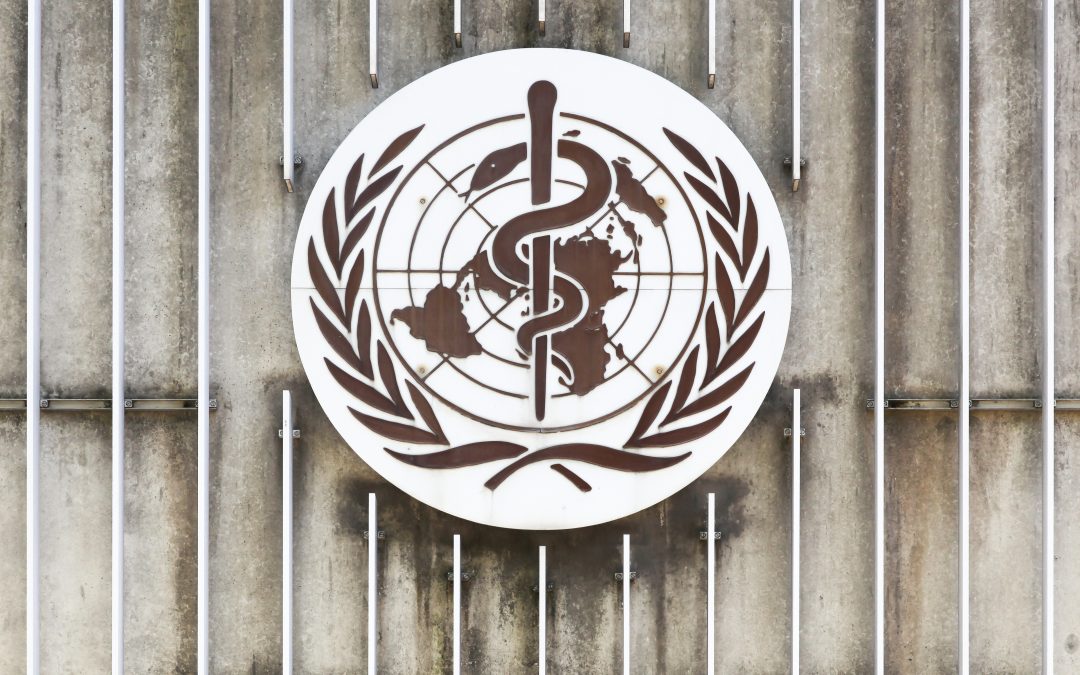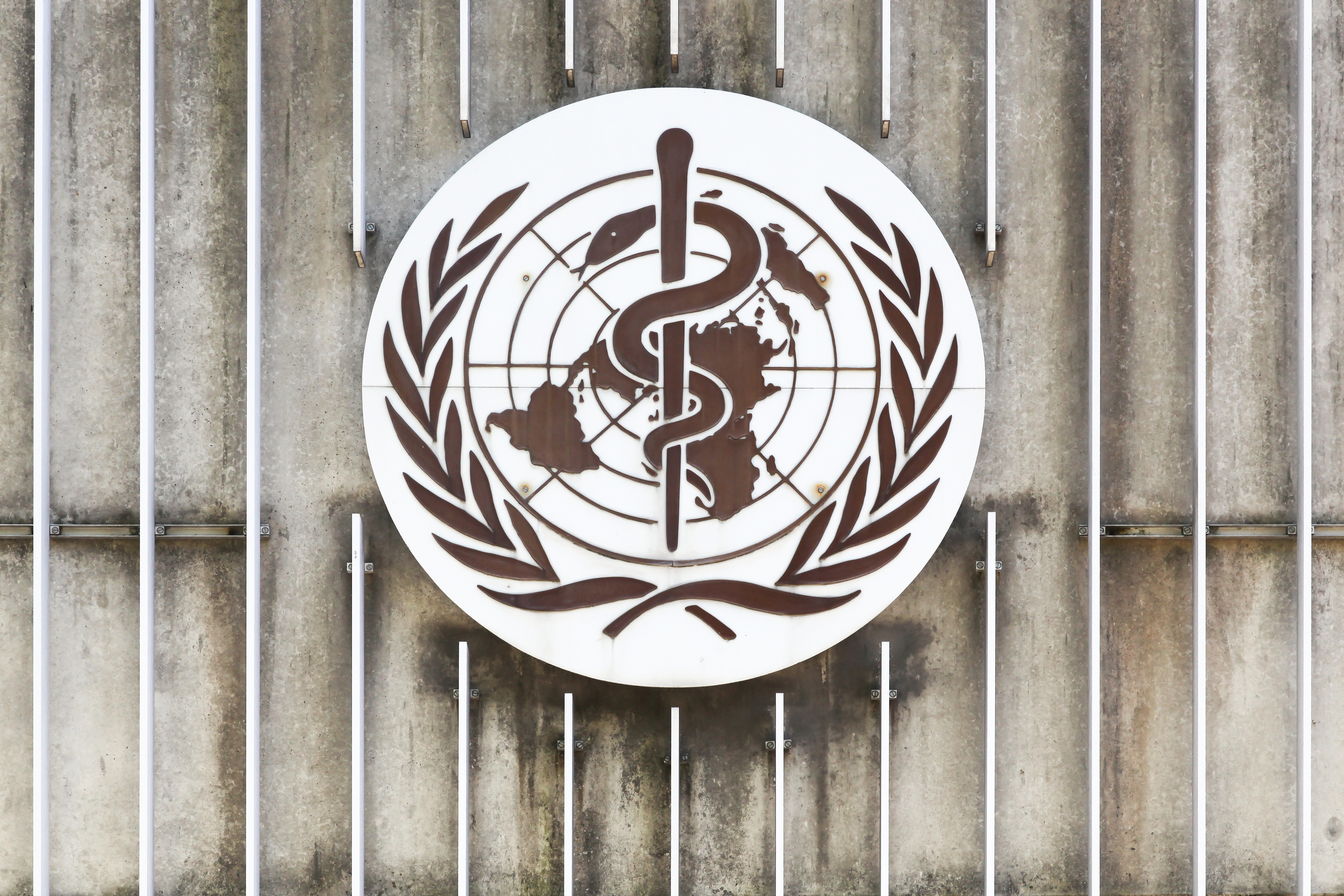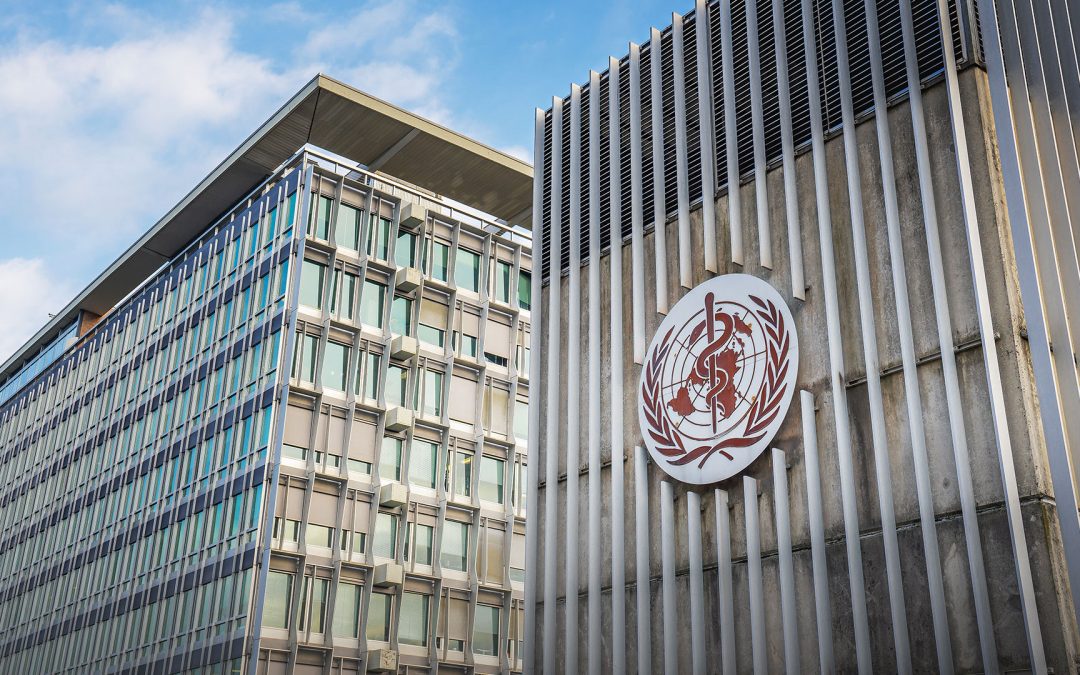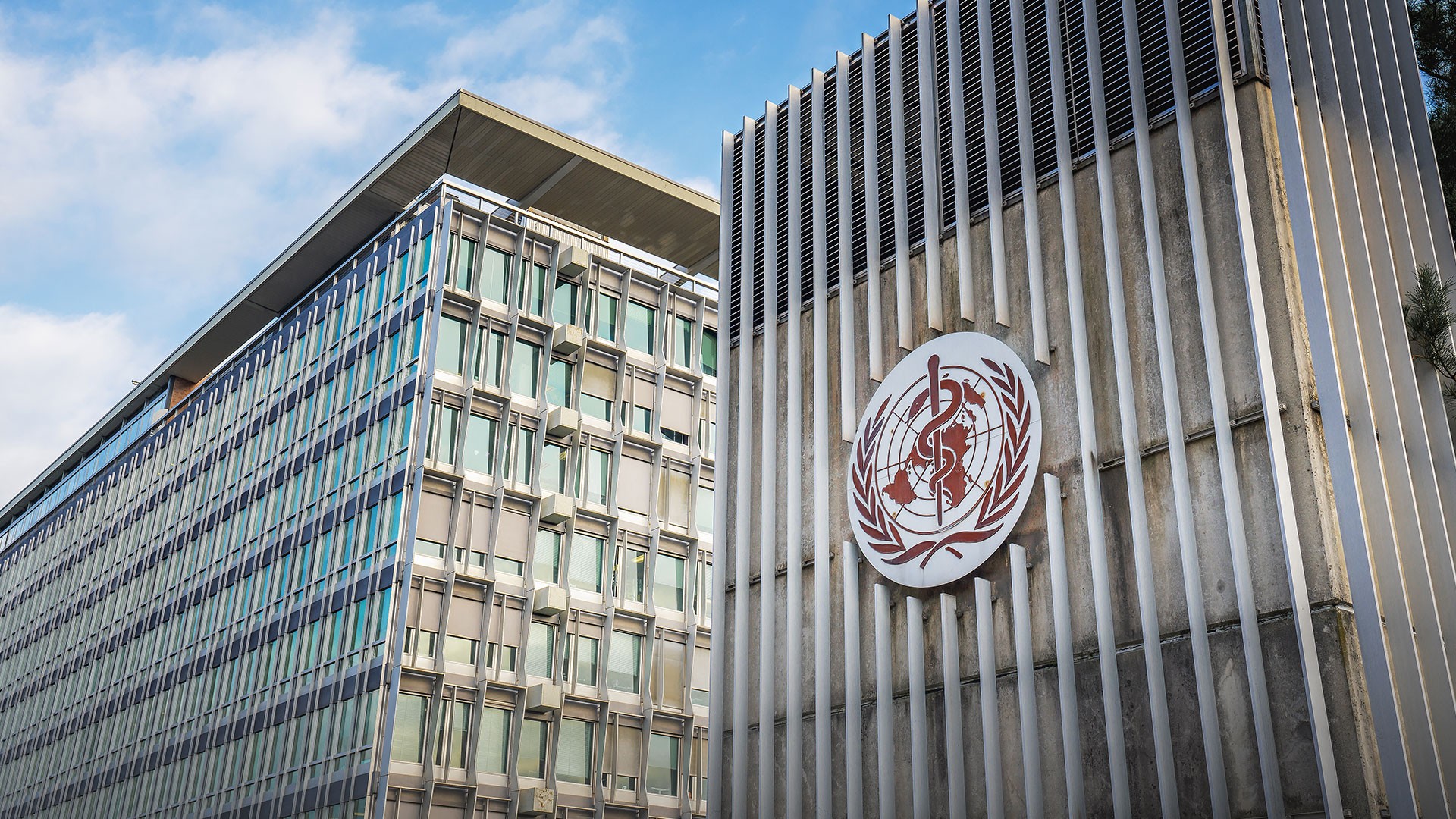
by Claire Anne Brule | April 7, 2022 | End of life, News, Old age and Dependency

Opinionway has carried out a survey which is the first ‘intergenerational bond indicator’ and which shows the positive impact of the relationships between young and old people on social cohesion and on seniors’ physical and mental health.
The poll was launched exactly one year after the Senior Solidarity Civic Service [1] was implemented in March 2021. It was conducted in February 2022 among young people (aged 16 – 25 ) and seniors (over age 65), and it confirms that “this new solidarity service is an adequate answer to the plague of loneliness experienced by both the young and the old. It is largely commended by 96% of young people and 99% of seniors as one of the foremost solutions to be fostered. »
Both generations suffered immensely when social contacts were hindered during the COVID-19 lockdowns. “The feeling of loneliness or social isolation was strongly felt by 41% of all seniors surveyed. The key point revealed by the study is that 65% of young people share this feeling. »
According to the Little Brothers of the Poor in their publication “Solitude et Isolement“ (Loneliness and Isolation), 2 million seniors declared they felt isolated from friends and loved ones in 2021. The Little Brothers warn of the consequences of this “social death” and increasing isolation will have on seniors’ health.
Both the young (61%) and the elderly (71%) deplore the decline in intergenerational relationships.
Furthermore, when asked about the benefits of connecting generations, each generation mentioned different benefits. The young people valued the transmission of knowledge, a feeling of well-being and the ability to show empathy whereas the seniors first mentioned open-mindedness, followed by the curiosity and energy that comes from meeting with young people.
Both groups deemed that intergenerational exchanges help stimulate seniors’ mental and physical health and also diminish solitude and loneliness. Finally, all the respondents extolled the contributions to life in society. Generally speaking, this leads to a broad-based positive impact on social cohesion. Each groups’ viewpoints have evolved with better knowledge and understanding of each other, which also helps fight against prejudices towards seniors and the negative outlook on aging.
These results are consistent with Alliance VITA’s conclusions and this is the reason why we are calling for developing intergenerational solidarity as a top priority for the upcoming French presidential five-year term.
Visit our web site for testimonies on this topic in the 2022 elections section, and for the opinions of the candidates for the presidential election.
[1] In March 2021 this movement began with the Ministry’s Delegate for Autonomy and the State Secretariat for Youth, thanks to the Malakoff Humanis group’s work in managing the Agirc-Arrco supplementary retirement pension, and is part of the civic service framework set up in 2010. Its purpose is to implement intergenerational solidarity to help fight against the isolation of the elderly living either at home or in institutions. It aims to promote healthy ageing by fostering social relationships, by providing access to digital technology, by supporting mobility, and through preventive policies, etc. It also encourages young people to consider working on a professional basis with the elderly and promotes sustainable development of intergenerational solidarity with isolated or vulnerable seniors.

by Claire Anne Brule | April 1, 2022 | Abortion, News

This past March 8th during the focus on the International Day for Women, the WHO presented its revised health recommendations for abortion.
The stated objective of the WHO’s abortion care guideline is to present the complete set of all their recommendations and best practice statements for “quality abortion care”.
Since their first publications in 2003, the WHO has gradually taken more extreme positions without ever considering the idea of a real abortion prevention policy.
To talk about abortion the WHO uses the words “safe abortion”, and calls for less restrictions by removing the “obstacles” to abortion which, in their opinion, would not be medically justified. In addition to teleconsultations, they recommend lifting the penalties related to non-compliance with national laws, abolishing the reflection period between consultations and overriding parental authorization for minors or for those under guardianship.
The WHO goes so far as to recommend banning abortion deadlines, thereby allowing abortion at any moment during pregnancy, up until the full 9 months.
It is most alarming to see the WHO so disconnected from bioethics on the subject of human life before birth, and advocating for abortions with no deadlines at all. In France, during the 2020 Bioethics law debates, a few MP’s attempted to ban abortion deadlines using the unverifiable criterion of “psychosocial distress”. French citizens were shocked at the idea of performing abortions up until full-term pregnancy on women in vulnerable or precarious situations.
To advocate its recommendations, the WHO presents some dubious figures which Alliance VITA has analyzed here.
Indeed, the organization claims that “unsafe abortions” cause around 39,000 deaths every year. Given the difficulty of measuring how many women die from abortion-related complications, this figure is an estimation based on a statistical model (see a Lancet publication from 2014). It shows variable ranges going from 14,000 to 39,000 deaths per year. The WHO chose to use the highest figure of the variable range. Even worse, the statistics for the “mother’s death by abortion” include not only induced abortions but also miscarriages and ectopic pregnancies.
The WHO is undermining its own credibility by issuing these far-reaching recommendations based on completely unreliable data. Although it is paramount to ensure women’s health, especially when their lives are at stake, absolutely no data is provided on the psychological and social causes and consequences. These key elements need to be evaluated in order to objectively understand how to help women prevent abortion.

by Claire Anne Brule | April 1, 2022 | Abortion, News

Analysis April 2022
Summary
The World Health Organization (WHO) publishes official statistics on abortion called “fact sheets”. Presumably compiled from official cases throughout the world, these figures show the number of abortions worldwide, the number of unsafe abortions and the number of maternal deaths following abortions. But, on studying the references of the articles used by the WHO and considering the paucity of empirical data, it now appears that the “fact sheets” are actually estimates derived from statistical models, based on predefined hypotheses conceived to predict these figures. For this reason, the purpose of this note is to analyze the methods used for the WHO estimates, the limitations of their validity and the way statistics are presented.
Assessing the number of worldwide abortions
“About 73 million induced abortions take place every year worldwide.”
This claim is based on an article published in The Lancet Global Health Journal in July 2020 [1]. These 73 million abortions are presented as having “taken place”, even though they are the result of an estimation. Based on a rather low level of uncertainty interval (UI) of 80%, there are between 67 and 82 million abortions worldwide, which means a fairly large margin of error [1]. This would indicate a global abortion rate of 36 – 44 abortions per 1000 women of childbearing age during the period of 2015 to 2019.
Moreover, in this same article [1] the authors attest that official data is hardly available on this subject:
- “abortion data is relatively poor and is highly uncertain in countries with restrictive laws,”
- “the increasing availability of medication abortion (i.e., misoprostol with or without mifepristone) makes it difficult to measure the number of abortions inside and outside of formal health systems,
- “data for unplanned births is relatively poor in countries with liberal laws compared with countries with restrictive laws
Thus, due to the paucity of real data, the authors [1] developed a statistical approximation in which they estimated:
- the rate of unintended pregnancies from
- the number of women who want contraception but do not have access to it,
- the number of women using a contraception which did not work
- the risk of pregnancy for each category
- the intention to give birth among the unplanned pregnancies, (specifically based on the London Measure of Unplanned Pregnancy).
In order to validate their modeling strategy, the authors compared their results with the reference points available in countries where abortion data had been correctly recorded. There are significant discrepancies between their model’s output and the comparative points (approximately 30% difference in absolute relative error).
Moreover, when compared with other WHO references, 73 million is a much higher figure than the one referred to in previous references. Some of the same authors published another article in the Lancet [2] in 2016, only 3 years earlier, in which the number of annual worldwide abortions was estimated at 56 million (a 52 – 70 million range with a higher uncertainty interval of 90%) for the period of 2010 – 2014. These same estimates were also employed by the French National Demographic Studies (“ INED: Institut National d’Etudes Demographiques”). However, the estimation in the 2019 article for the same period which took into account a population increase of 4.8% over 4 years, is of 71 million abortions. There is absolutely no explanation in the article for this gap of more than 26% [1].
Admittedly, the two reference articles have used very different methodologies. The one for 2016 [2] is based on the frequency of sexual intercourse, fertility, the “tenacity” of women to carry a pregnancy to term and their capacity to act according to their preferences (based on their level of education and GDP). All these “prognostic factors” are particularly subjective and a thorough discussion on the assumptions made would be necessary.
It can be concluded that the method and input variables of the WHO models estimating the total number of abortions worldwide greatly influence the published figures.
These discrepancies call for investigating the assumptions made to produce these estimates.
Number of unsafe abortions worldwide
“About 45% of all abortions are unsafe”
This WHO claim is based on an article published in The Lancet [3] in November 2017. These 45% are presented as an assertion (“are unsafe”) whereas they are the result of an estimation.
Indeed, the same article asserts [3], there are 40.6% to 50.1% of unsafe abortions within an uncertainty interval of 90%. According to [3] this average number of 45% corresponds to 25 million out of the 56 million abortions taken as a reference in the article [2]. These numbers are in alignment with the WHO’s article published in 2009 [4] which mentions that every year 42 million abortions take place, with 20 million of those being “unsafe” abortions.
The authors of [3] insist on the “paucity of the data” available to check their figures concerning safe abortions and those qualified as “unsafe” abortions according to WHO’s definitions. Therefore, they must make estimates based on other factors.
The model to estimate the number of abortions performed “safely” is based on 4 predictors or model input variables. These include the number of years since mifepristone was authorized in the country, the proportion of the population living in urban areas, the gender inequality index, the authorization status of misoprostol to capture the abortions performed outside the health system. Due to the absence of transparency on the selection criteria the basis of this method is disputable. In addition, no data is provided in the article to validate the model’s results with actual empirical census data.
Given this model’s specificity, the authors point out in particular that “comparisons with previously made estimates of the proportions of safe and unsafe abortions cannot and should not be made due to the very different methodology, data used and analytical approaches”.
This model gives numerical estimates for two categories of abortion:
- “Less safe” abortions account for 30%. This includes procedures which are not recommended by the WHO (such as curettage) by a qualified person, as well as WHO recommended procedures (e.g. medical abortions) without any follow-up by a qualified person.
- “Least safe” abortions account for 15%. This includes all procedures not recommended by WHO which are performed by unqualified persons.
It is to be noted that the WHO has chosen to use 45% rather than the 15% referred to in the article [3].
Number of abortion-related maternal deaths worldwide
“4.7% to 13.2% of maternal deaths can be attributed to unsafe abortion”
This WHO claim is based on a June 2014 article published in The Lancet [5]. The rather large range of uncertainty is at 4.7% to 13.2%, with a high confidence interval of 95% which is rather high, the average estimate being at 7.9%. Nonetheless, on their web site, the WHO has used the high end of the scale, or 13.2 % to infer 39,000 deaths per year (based on the 295,000 annual deaths from the WHO fact sheets on maternal mortality). Instead of using the average percentage of 7.9%, which would have given a calculation of 23,000 deaths per year the WHO has deliberately chosen to use the highest estimated number of 13.2%. The authors of article [5] mention that possibly all deaths are not reported.
The authors of [5] used medical data from the International Classification of Diseases (ICD-10) to classify the causes of maternal death: abortion, embolism, hemorrhage, hypertension, sepsis, other direct and indirect causes. The category “death of the mother by abortion” includes three different situations: abortion (induced abortion) but also miscarriages and ectopic pregnancies. No distinction is made between these three different situations.
The WHO estimates for maternal deaths related to abortion are not reliable.
As a conclusion, since the reliability of the data is highly dubious, this calls into question the relevance of the WHO recommendations and should motivate us to utmost caution.
Bibliography
[1] Unintended pregnancy and abortion by income, region, and the legal status of abortion: estimates from a comprehensive model for 1990-2019, Guttmacher Institute, WHO, University of Massachussets, July 2020, The Lancet Global Health Journal https://www.thelancet.com/journals/langlo/article/PIIS2214-109X(20)30315-6/fulltext
[2] Abortion incidence between 1990 and 2014: global, regional, and subregional levels and trends, Guttmacher Institute, WHO, University of Geneva, Ibis Reproductive Health California, University of Massachussets, July 2016, The Lancet Journal
https://www.ncbi.nlm.nih.gov/pmc/articles/PMC5498988/pdf/nihms863976.pdf
[3] Global, regional, and subregional classification of abortions by safety, 2010–14: estimates from a Bayesian hierarchical model, Guttmacher Institute, WHO, University of Massachussets, November 2017, The Lancet Journal
https://www.thelancet.com/action/showPdf?pii=S0140-6736%2817%2931794-4
[4] Unsafe Abortion: Global and Regional Incidence, Trends, Consequences, and Challenges, WHO, December 2009, Journal of Obstetrics and Gynaecology Canada,
https://www.sciencedirect.com/science/article/abs/pii/S1701216316343766.
[5] Global causes of maternal death: a WHO systematic analysis, WHO, University of California, University of Birmingham, National University of Singapore, June 2014, The Lancet Global Health Journal https://www.thelancet.com/action/showPdf?pii=S2214109X%2814%2970227-X

by Claire Anne Brule | March 30, 2022 | Disabled, handicap, News

Lou Gehrig’s disease, or amyotrophic lateral sclerosis (ALS), is also known as Charcot’s disease. This serious and still incurable pathology is a neurodegenerative disease that results in progressive paralysis of the muscles involved in voluntary motor skills. It also affects the ability to make sounds and to swallow. This is due to the gradual loss of motor neurons, the nerve cells that direct and control voluntary muscles. Both types of motor-effecting neurons are involved: the central ones, located in the brain, and the peripheral ones in the brain stem and spinal cord. Patients usually only survive 3 to 5 years after diagnosis. Although no cure is currently available, the medium-term prospects are encouraging due to recent research which has improved genetic and biological knowledge of this disease.
A 34-year-old German patient was diagnosed in August 2015 with a fast-progressing form of ALS. By the end of 2015, he’d lost the ability to talk and walk. The next year he was placed on a ventilator because he couldn’t move his muscles to draw breath. In the beginning, he could communicate using an eye-tracking device and assistive technologies, which used his eye movements to assemble words and sentences. But by August of 2017, the German man couldn’t even do that, because he’d lost the ability to fix his gaze.
But with a new brain implant placed inside his motor cortex (the part of the brain responsible for movement) he has regained his ability to communicate with family and doctors. Two microchip implants, each with 64 needle-like electrodes that detect neural signals allow him to form words and even full sentences, by using nothing but mental impulses. The implants pick up his brain activity and feed it into a computer as a “yes/no” signal. A spelling program reads the letters of the alphabet aloud, and the man selects specific letters using his brain waves. The process is slow – about one letter per minute, but it has allowed him to regain some communication with those around him. “It shows that you can write sentences with the brain even if you are completely paralyzed without any eye movement or other muscles to communicate,” said lead researcher Niels Birbaumer, director of the Institute of Medical Psychology and Behavioral Neurobiology at the University of Tubingen, in Germany.
Unfortunately, the technology involved in this brain-computer interface is still complex and very expensive, and requires much time and dedication, said co-researcher Jonas Zimmermann, a senior neuroscientist with the Wyss Center for Bio and Neuroengineering in Geneva, Switzerland. For the person to effectively communicate, caregivers must be trained to set up the system and validate the patient’s responses, he explained. “At the Wyss Center, we are developing a fully implantable device which will reduce the risk of infection and be easier to set up and control. The system is currently in pre-clinical verification. We plan clinical trials in the near future.” That wireless device, named ABILITY, “could enable speech decoding directly from the brain as the patient imagines speaking, leading to more natural communication.”
This research aimed at improving patients’ relational skills and therefore their quality of life, is a beneficial service for human progress. Supporting technological innovations to guarantee the protection of the most vulnerable is one of Alliance VITA’s 3 main priorities to put humanity back at the heart of all public policies. Please refer to our recommendations for the presidential platform.
For more information: Evaluating How to Best Manage Charcot’s disease (ALS)?

by Claire Anne Brule | March 25, 2022 | End of life, Euthanasia and Suicide, News, Old age and Dependency

1/ Bill on Advanced Age and Autonomy abandoned sine die
Although the pandemic and the nursing home crisis have clearly showed the urgent need for this reform, the bill on old age and autonomy has been postponed sine die. And yet, fighting against the “social death” of dependent elderly people and providing access to quality palliative care are unquestionably the humanitarian issues to be addressed.
2/ A citizens’ convention to better manipulate citizens
French citizens are like the scalded cat which is afraid of cold water… We have learnt enough from the National Consultations on Bioethics and the Citizens’ Convention on Climate: we are asked to take part, to listen, to communicate… But when the result is unpleasant to the government, the President makes the decision alone, reducing the participation in the decision-making process to what he decides it to be.
3/ The indecent electoral motive
Why make this promise now? It is easy to see through President Macron who is candidate for French presidential election. Mr. Macron thinks that the debate on euthanasia will appeal to “left-wing” voters and compensate for his “right-wing” measures. Lately, he tampered with the abortion issue. But can human life be considered as a variable to be adjusted?
4/ Why consent to a rhetorical trap?
The French are being misled by the deceitful choice between “suffer or die”. Emmanuel Macron can but know that euthanasia is nothing but a priority– neither for the left nor the right. Euthanasia is being imposed by an influential lobby who has been stirring up the fear and apprehension of “unbearable suffering” and denying the violence of death by euthansia.
5/ Pontius Pilate Washing His Hands?
When a candidate takes a clear stand, voters know what to expect. But Mr. Macron’s promise of a “citizens’ convention” without revealing his opinion adds even more ambiguity to his favourite word: “at the same time”. Let’s not be gullible, especially as we know that the past 5 years were a complete disaster in terms of bioethics.
6/ Hiding behind the Ethics Committee Shield
The announcement is made just when a group from the French Ethics National Committee (CCNE) is preparing new recommendations at the request of President Macron. And the CCNE is working on unusual and exceptional cases, but the Belgian case proves that it is precisely the exception made to the prohibition to kill which leads to larger transgressions.
7/ No Ontological Arguments
For the bioethics law, there had been a meeting to discuss euthanasia, and President Macron had decided against including it in the revision of the law. What has changed since? Is it really well-timed, knowing the turmoil this will bring in our hospital system, already in crisis? This announcement comes as a hard blow and shows a total lack of direction.
Warning! Whenever the issue of putting someone to death is debated, people with psychological suffering will plead to be “finished” with life. Society must be extremely careful about the message it sends to these persons: suicide prevention can have no exception. No citizen is unworthy of living and being cared for; no disease can make someone “eligible for euthanasia”. On the contrary, those who suffer the most should receive the most assistance and be accompanied with dignity until the end of their life.
In 2022: Humanity first.










